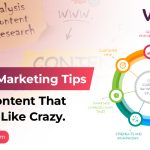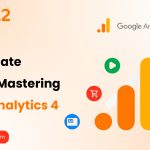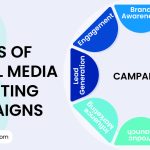Emails are not irrelevant in 2025; some reports show that you can get back $36 for every $1 you spend. We have curated a list of 15 fresh email marketing campaigns. Go check them out!
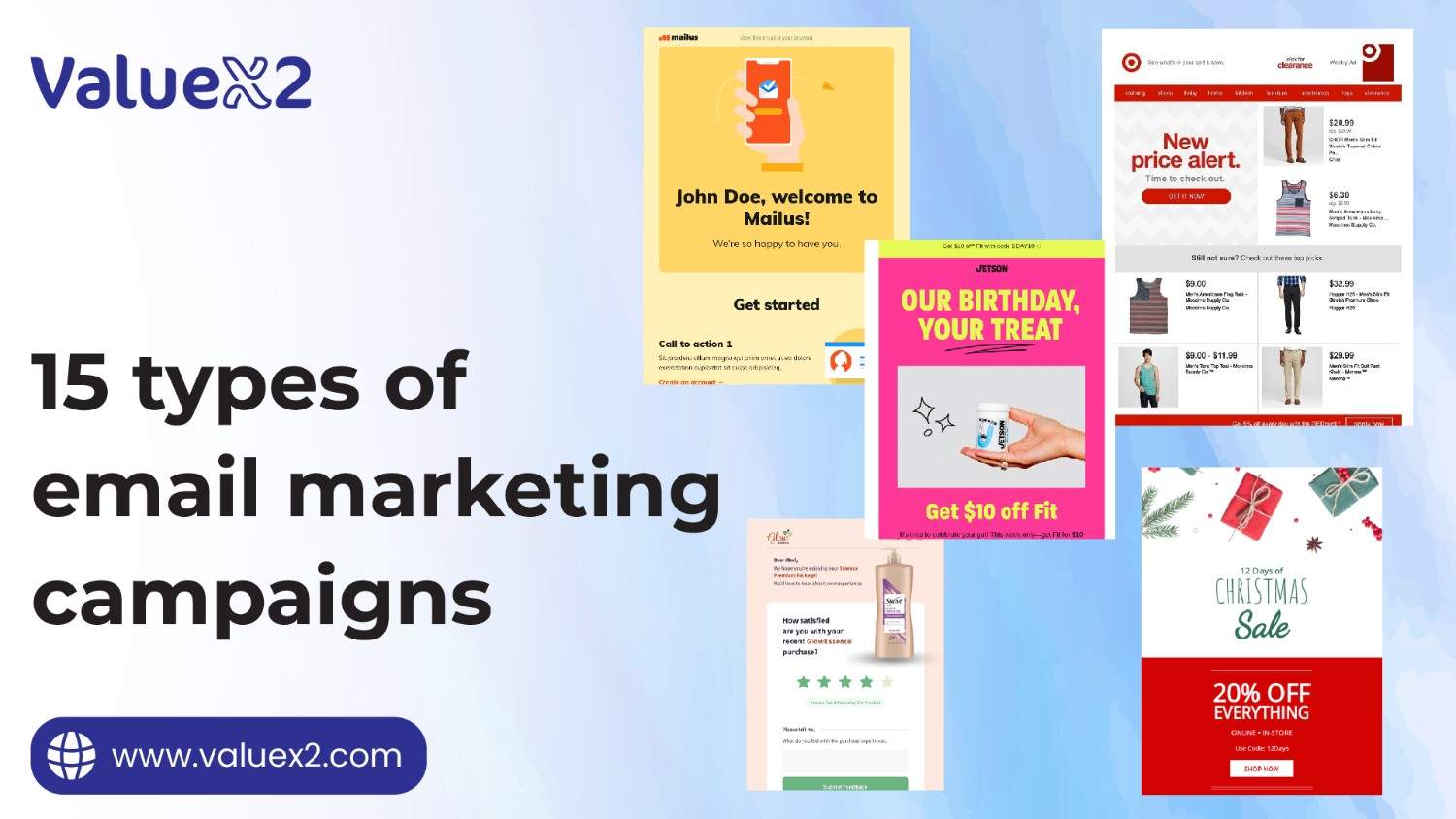
Is Email Marketing dead? People often use this phrase because they don’t see results. They often give reasoning, we have shifted our resources and manpower to social media marketing. We are not trying to take a hit on social media marketing, we know the amazing results you can see with them.
But we are here to inform you that email marketing isn’t dead. You and your business shouldn’t ignore it. Email marketing, still to this date, is one of the finest ways to reach out to your client; landing on their feed is great. But getting in their inbox and letting them know about your mutual interests can have an excellent impact if done right.
To freshen things up, we bring you our latest guide to 15 email marketing campaigns. We’ll look at what each one does and why it works and give clear examples. Whether new to email marketing or looking to improve your skills, understanding these campaign types is key to success.
What are Email Marketing Campaigns?
We will keep it short and simple: email marketing campaigns are a series of pre-planned emails sent to a list of people on your mailing list. They have a definite purpose because they are not random messages. They aim to take the recipient through a journey, establish a relationship, and persuade them to perform a specific action. The action could be any “X” thing, but to get that, you first must prove your authority and interest with your client.
While emailing, you’re not merely speaking to your audience but having a timely, quick conversation with them. This focused strategy is highly effective, as it usually works better than attempting to talk to everyone simultaneously.
Consider this blog to learn the Best Email Marketing Tools in 2025 For Every Business
Top 15 Email Marketing Campaigns (& Examples)
Let’s look at 15 essential kinds of email marketing campaigns that every marketer should think about using:
1. Welcome Email Campaigns
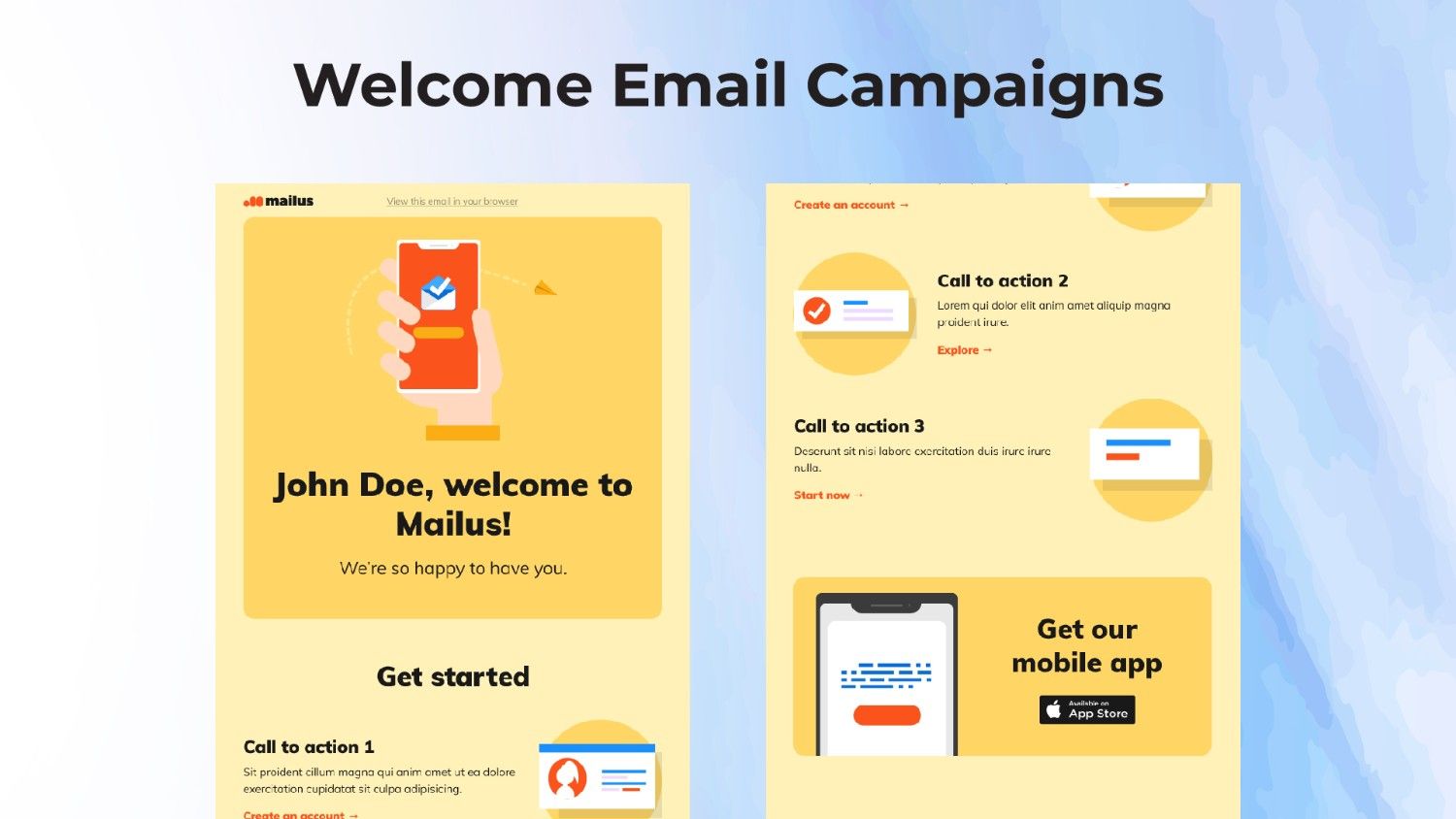
These emails are sent right after someone joins your email list.
Goal: To say hello to new subscribers, tell them about your brand, explain what kind of emails they’ll get, and encourage them to take a first step.
Why they are effective: New subscribers will likely open your mail because they have never heard about you. Their interest is new, and they’re actively looking for information. Take advantage of this by not only greeting them with “hello,” but also by leading them. Provide a one-time introductory discount, refer them to your most popular or valuable resources, give them a quick-start guide to your product or service, or ask them to personalize their email preferences.
Example: Someone signs up for emails from a shoe store. They immediately get a welcome email thanking them. The email might offer a discount on their first purchase and show pictures of popular shoes with links. It also tells them what kind of emails to expect, like sales or new styles, and how often they’ll get them if the user likes their product. They might want more updates. How can they get them? You have to capitalize on this and drop your link.
Key things to include:
- A warm welcome and thank you.
- A catchy, short introduction to what your brand offers.
- What can the subscriber expect in future emails (content and frequency)?
- Explicit instruction on what to do next (a Call to Action or CTA), like visiting your website or using a discount code; our tip would be not to make its sales and aim for a mutual exchange, where the user can say, “ah, this is what I needed”.
- Links to your social media pages.
Are Your Marketing Strategies Not Working? Fix It by Getting ICP-MKG Certified Now!
2. Promotional Email Campaigns
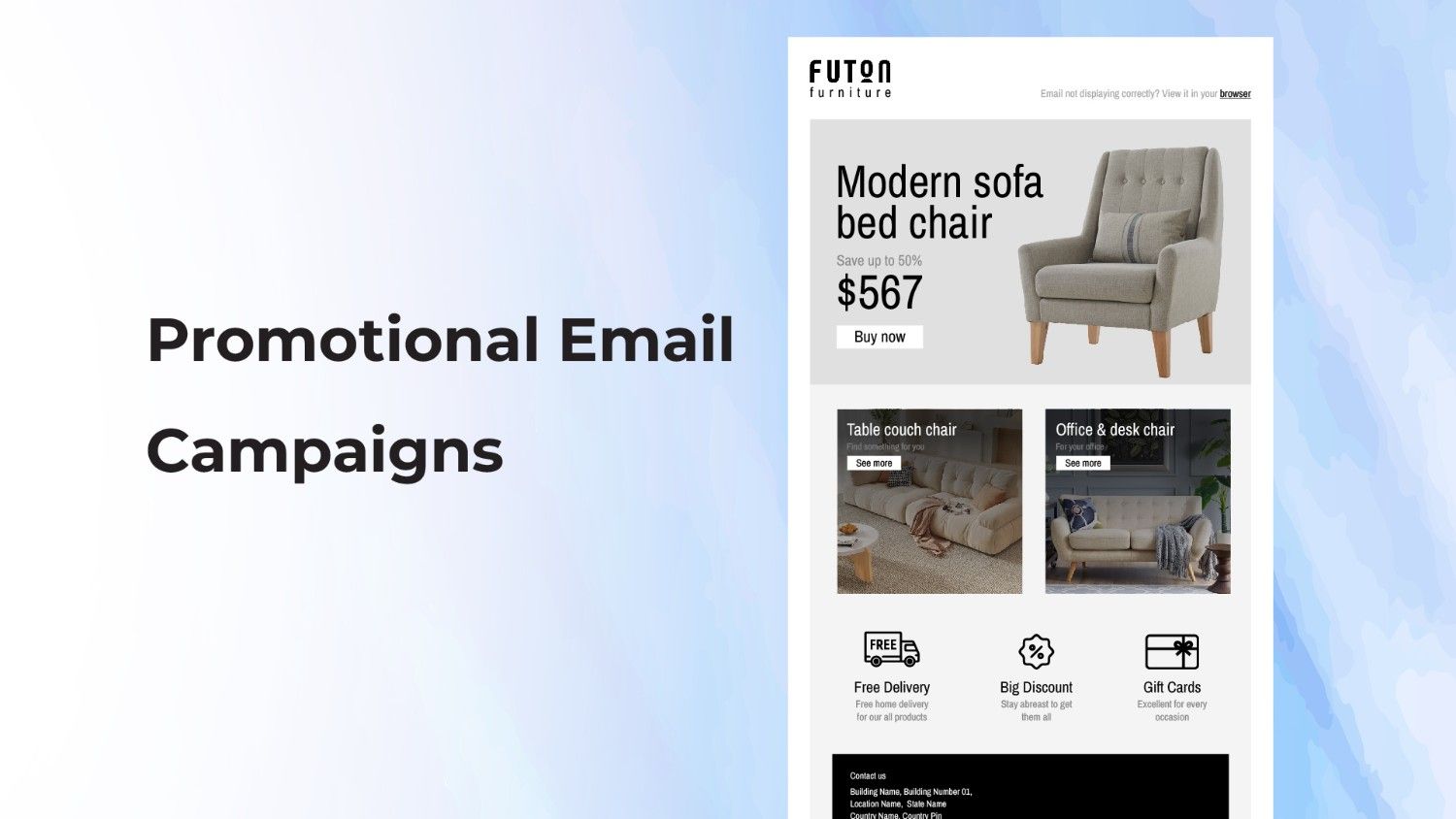
When you have a sale to promote, a new product to introduce, a promotional offer that expires, or a special event, the promotional email is your direct path to driving conversions and making sales. These messages are tightly targeted around a specific offer and are written to encourage subscribers to act now.
Goal: To get people to buy something or take advantage of an offer immediately.
Why they are effective: Many people sign up for email lists to learn about sales, promotions, and new products. A compelling promotional email can capitalize on this interest and significantly increase sales or desired actions.
Example: An online store is having a big sale this weekend. They send promotional emails to different groups of customers. The emails show pictures of items on sale, clear prices, and a big button that says “Shop Now.” One example of an e-commerce platform is buying five products for $199. The emails differ for people who have bought certain items or looked at specific website pages.
Key things to include:
- A clear and exciting offer (like a percentage off, free shipping, or buy one, get one free).
- Good pictures of the item or service.
- Words that explain why the offer is excellent.
- An intense and explicit instruction on what to do (CTA).
- Sometimes, a note about the offer ending soon is created to create urgency.
3. Newsletter Campaigns
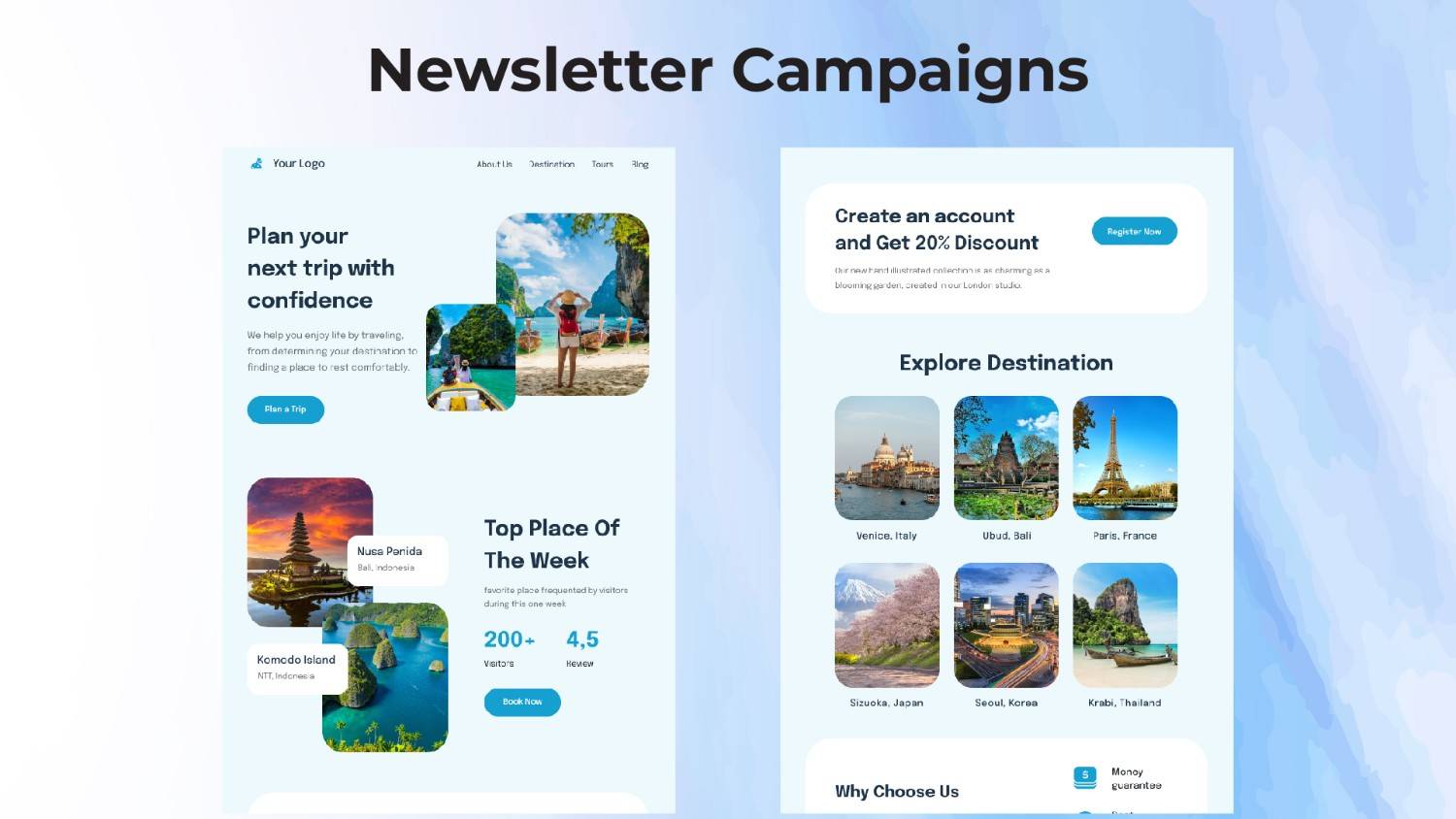
Your regular newsletter is the pulse of continuous communication, keeping your audience updated, engaged, and aligned with your brand. Your subscribers are looking forward to getting exclusive news and practical applications. Companies often confuse it as a dumping ground for company news, whereas it’s a well-packaged set of helpful content.
Goal: To inform your audience, show you know your stuff, send people to your website or blog, and build long-term relationships.
Why they are effective: Newsletters are great for staying in people’s minds and giving them value beyond just trying to sell things. They help people see your brand as a valuable source of information and build a connection.
Example: A company that makes software sends out a newsletter every week to people who use their software or might be interested. The newsletter has links to new articles on their blog, news about their industry, tips for using their software, and maybe an announcement about a new feature or a free online class (webinar).
Key things to include:
- Send them at a regular time (like every week or month).
- Include a mix of helpful things (like blog posts, articles, videos).
- Share company news and updates.
- Make it easy to read with a clear layout.
- Include simple instructions to read more or check out resources (subtle CTAs).
Check This Blog Out To Know The 22 Best Business Tools For Your Business Growth in 2025
4. Lead Nurturing Campaigns
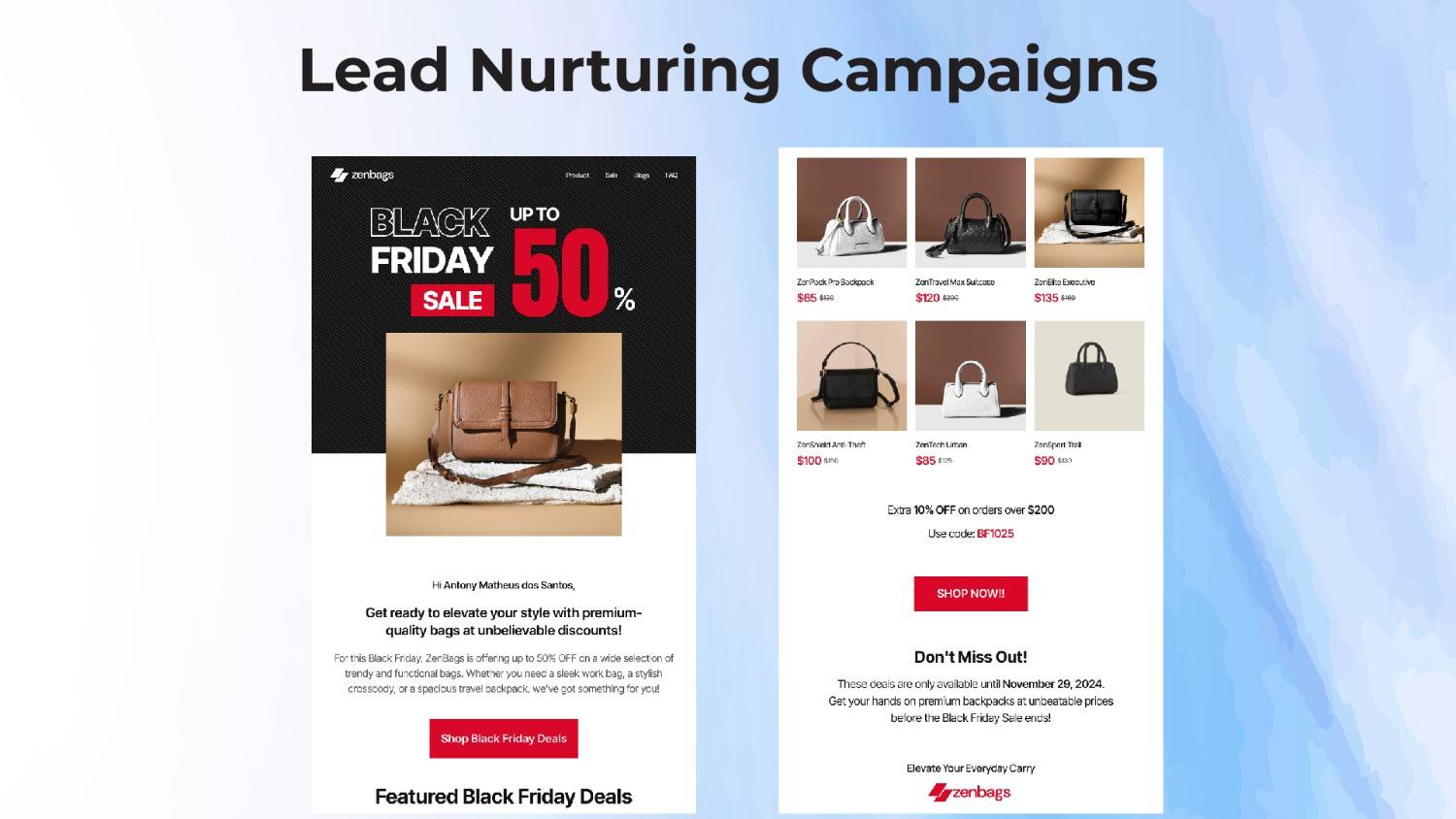
Not all who show initial interest (e.g., download an ebook or register for a webinar) are ready to buy immediately. Lead-nurturing email marketing campaigns offer a series of focused, useful communications intended to inform prospects, establish trust, resolve their pain points, and gently walk them through your sales funnel until they are ready to buy.
Goal: To turn interested people into paying customers by giving them helpful information and showing them how your product or service can help.
Why they are effective: These email marketing campaigns are highly personalized and targeted. Based on browsing your website, they give leads the information they need at the right time. They also automatically manage the relationship-building process and push potential customers to buy.
Example: Let’s say you download a free ebook on “Best Social Media Hacks to Grow My Brand” from an online marketing company’s site. Now, you will immediately begin receiving emails for several days. These emails may not be sales, but they will give you a reference to other valuable articles, display success stories (case studies), offer them online courses on social media, and ultimately encourage them to utilize the services of the marketing company.
Key things to include:
- Emails that are sent automatically after someone takes an action (like downloading something).
- Content that teaches the lead about topics they care about.
- Messages that build trust and show you are an expert.
- Slowly introduce your product or service as a solution to their problems.
- Instructions that encourage them to learn more (CTAs), like asking for a demonstration or a free chat.
5. Abandoned Cart Email Campaigns
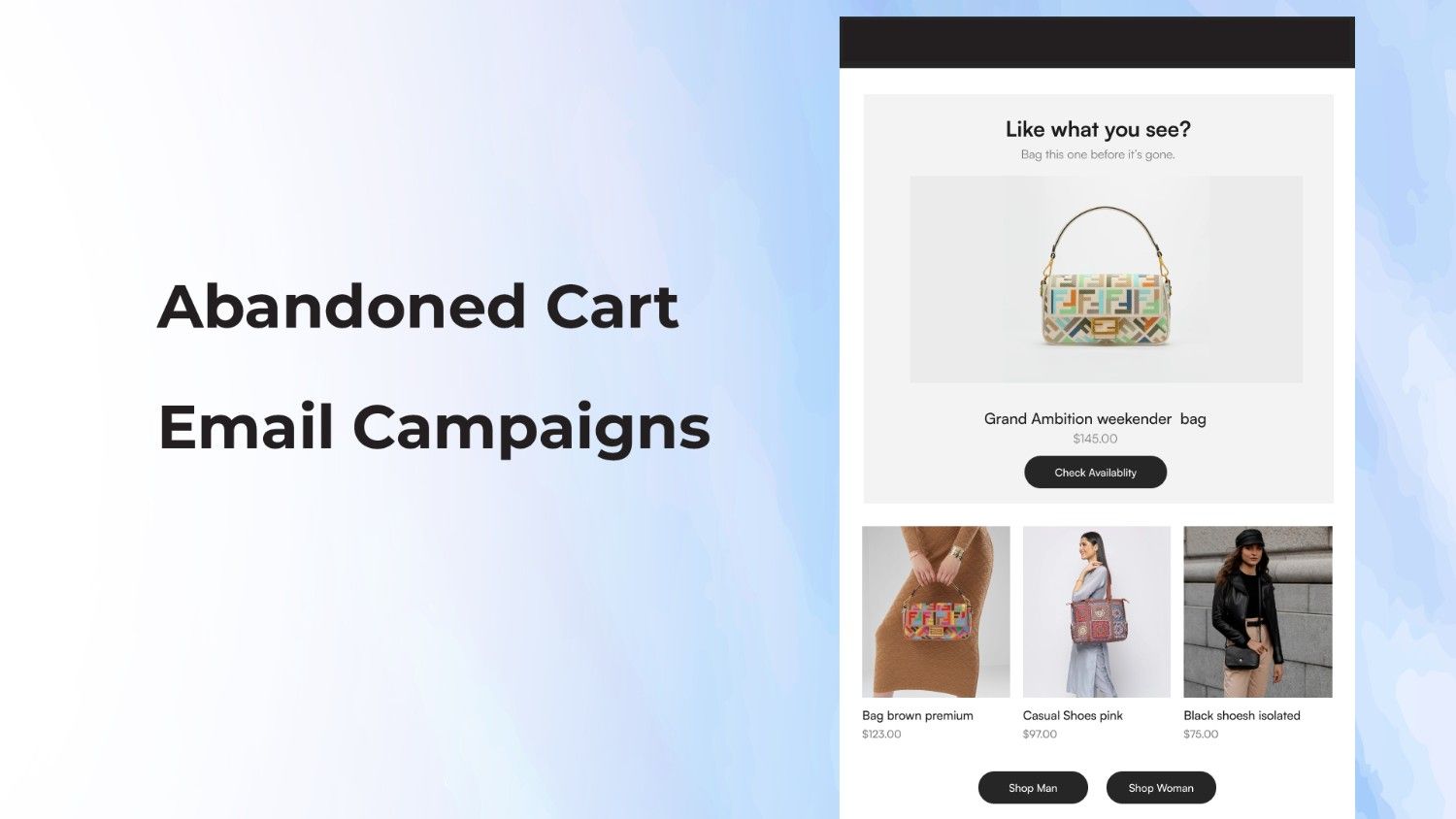
Automated emails are sent to people who put items in their online shopping cart but left the website without buying them. Now, this is one of the emails that can trigger a lot of potential buyers, so you have to ensure that your emails are not spammy. You can try to curate 2-3 follow-up emails. These different emails let your customer know that this offer is for a limited time and now is their chance to avail it.
Goal: To remind the person about their left items and encourage them to return and finish buying them.
Why they are effective: Abandoned cart emails work very well because they target people who were already planning to buy. They can help you get back sales you might have lost.
Example: A person puts a shirt and a pair of pants into their cart on a clothing website but then closes the website. A few hours later, they receive an email reminding them of items in their cart. The email may display images of the clothes, a link to return to their cart, and occasionally, a small discount or free shipping to entice them into completing the purchase.
Key things to include:
- Send the email soon after the cart is left.
- Remind the person about the items.
- A clear link to go back to the shopping cart.
- Good pictures of the items left behind.
- An extra offer (like a discount or free shipping).
6. Re-engagement (Win-Back) Email Campaigns
Subscribers will eventually go inactive after a specific time. They stop clicking or opening your emails. Re-engagement email marketing campaigns are a focused attempt to “win back” these inactive subscribers by reminding them of your worth, providing a unique incentive to re-engage, or simply inquiring if they still wish to hear from you.
Goal: To get them interested again, remind them why they signed up, and encourage them to start interacting with your brand again.
Why they are effective: It usually costs less to get an old customer (or subscriber) to return than to find a new one. These email marketing campaigns help you tidy up your email list and win back valuable contacts. Getting loyal customers for your brand is always good; giving them discounts is not just “fair” but helpful for your business.
Example: A subscriber hasn’t opened emails from a bookstore in several months. They get a re-engagement email with a subject line like “We Miss You! Here’s a Special Offer.” The email might mention new books that have arrived, popular reads, or offer a special discount on their next purchase to get them to revisit the store or website.
Key things to include:
- A friendly and welcoming tone.
- Remind the subscriber about your brand.
- Show them what’s new or what they’ve missed.
- Offer something special to get them to interact again (a discount, unique content).
- Make it easy for them to change their email preferences or unsubscribe.
7. Customer Retention & Loyalty Campaigns
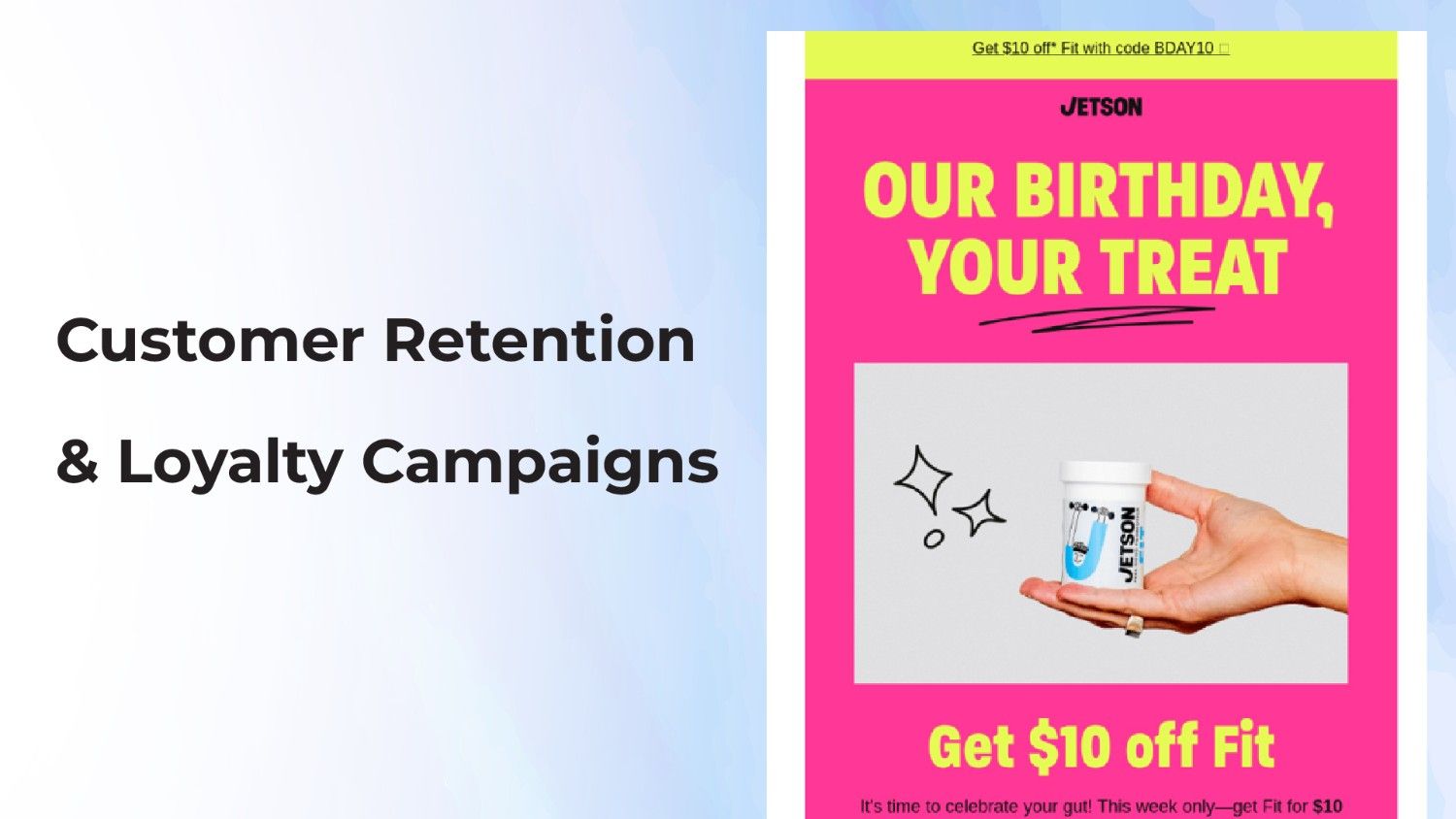
Customer retention and loyalty campaigns are emails that thank customers for buying a product or service. This can feel a bit personal, which helps to build a stronger relationship with your customers. Using these campaigns, you can encourage them to buy again.
Goal: To make customers feel important. Increase how much they spend over time. Turn them into fans who tell others about your brand.
Why are they effective? Happy customers are very valuable. These campaigns help you build stronger relationships with your current customers. This allows them to buy more and even share recommendations about you with their friends and family.
Example: A pet supply store sends emails giving its loyal customers early access to sales or special discounts others don’t get. Another example is sending a “Happy Birthday” email to a customer with a special offer or an email celebrating how long they’ve been a customer.
The SINGLE Most Important Certification For Your Marketing Career in 2025 (Get Your ICAgile Marketing Certification).
Key things to include:
- Special offers or discounts just for loyal customers.
- Allowing them to see sales or new items before others.
- Messages thanking them for their business.
- Invites to special loyalty programs.
- Suggestions for products based on what they’ve bought before.
8. Upsell and Cross-sell Email Campaigns
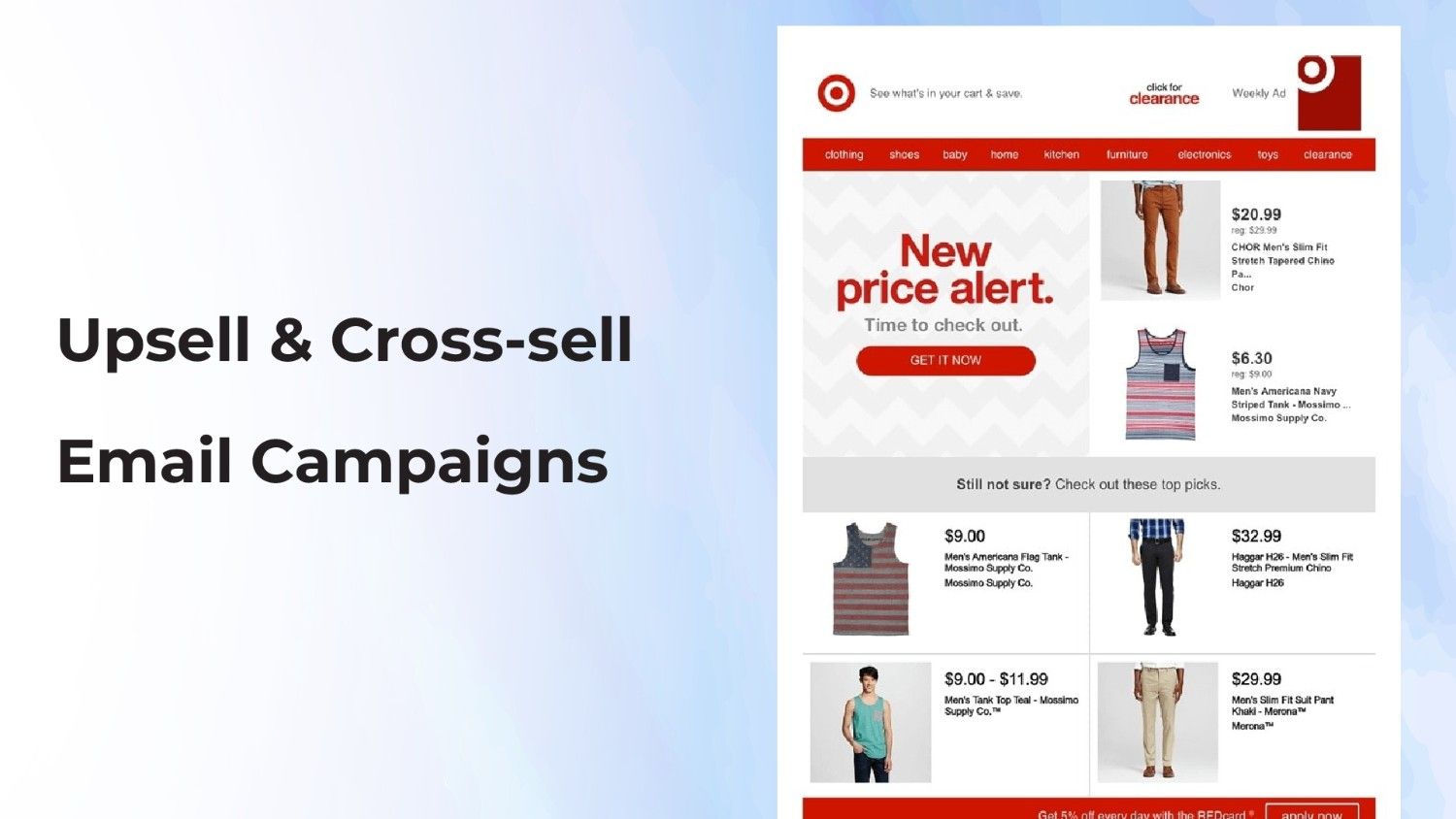
Upsell and cross-sell email marketing campaigns are emails sent to customers who have already bought something from you. This email consists of a list of items that suggest they buy a more expensive version of the product (upsell) or related items (cross-sell).
Goal: To increase the revenue a customer spends on one order. This includes showing them other options they might like.
Why they are effective: These email marketing campaigns use what you know about your customers. For example, you know their purchase history or what they have been looking at. Then, suggest items they might be interested in. This makes them more likely to buy again.
Example: Someone buys a basic music streaming service subscription. A few weeks later, they might get an email suggesting they upgrade to the family plan, which costs more but offers more features (upsell). Someone who bought a new backpack might get an email recommending water bottles, travel organizers, or hiking socks (cross-sell).
Key things to include:
- Suggestions based on what the customer bought or looked at.
- Showing the benefits of the suggested items.
- Clear instructions to learn more or buy now (CTAs).
- Sometimes, it includes reviews from other customers.
9. Survey and Feedback Email Campaigns
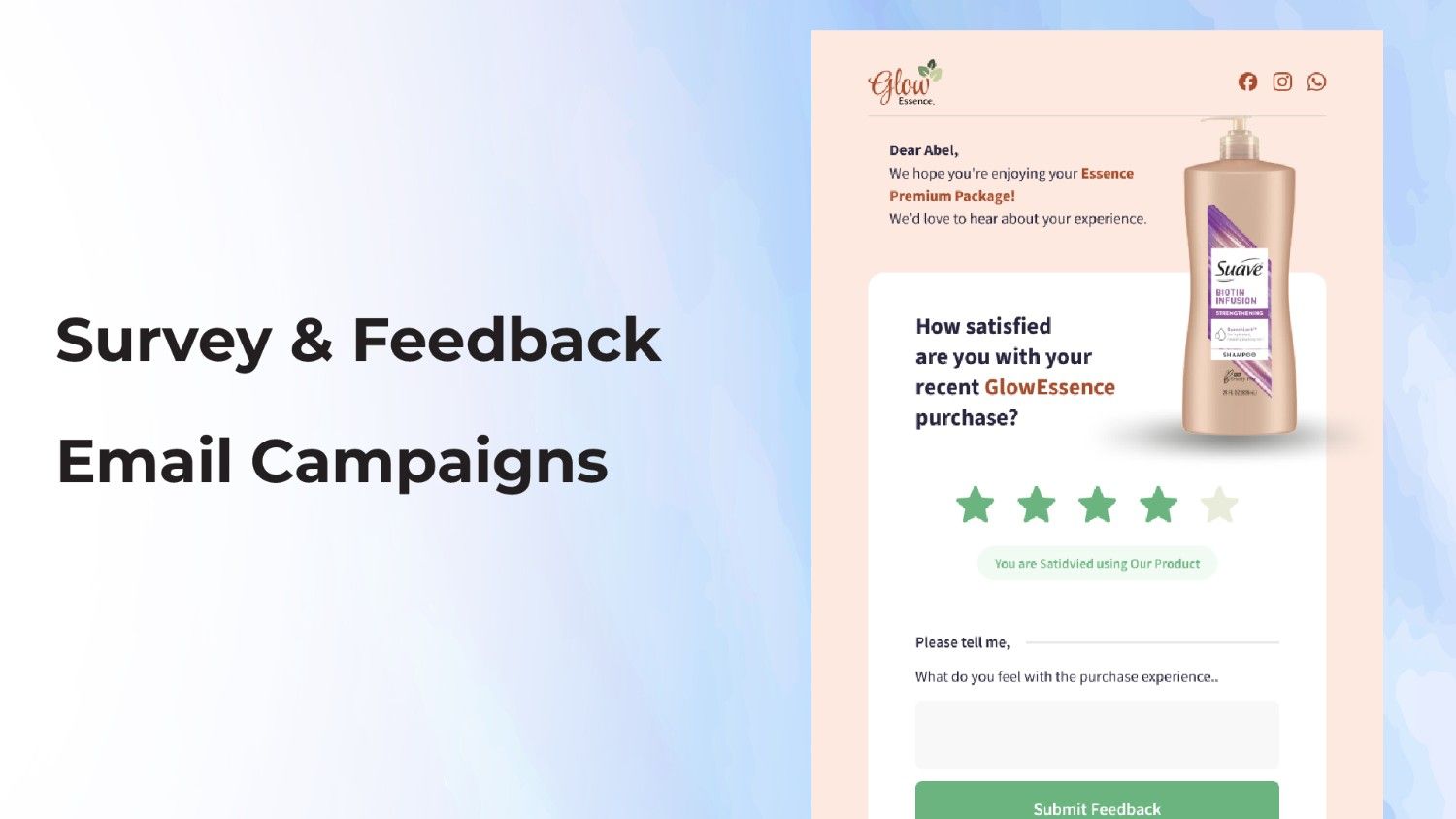
These emails are sent out to customers to help the brand understand what they think about their brand, product, or service. It can help businesses understand customers’ points of view and immediately implement changes based on their feedback.
What they are: Emails sent to ask your subscribers or customers what they think about a particular product or service.
Goal: Find out if customers are happy, learn how to improve, get customer reviews, and show customers that you care about their opinions.
Why they are effective: Feedback is essential for creating products, services, and a better customer experience. These emails also show your audience that you care about their feedback and listen to them.
Example: After a customer gets their order from an online store, they might get a short email asking them to rate their buying experience or to give feedback on the quality of the items. A company that makes software might send an email asking users which new features they would like to see.
Key things to include:
- A clear and simple request for feedback.
- Explain how their feedback will be used.
- A link to a survey or a way for them to reply directly.
- Keep the survey short so people will finish it.
- Sometimes, we offer a small thank-you gift for completing the survey.
10. Event Invitation Campaigns
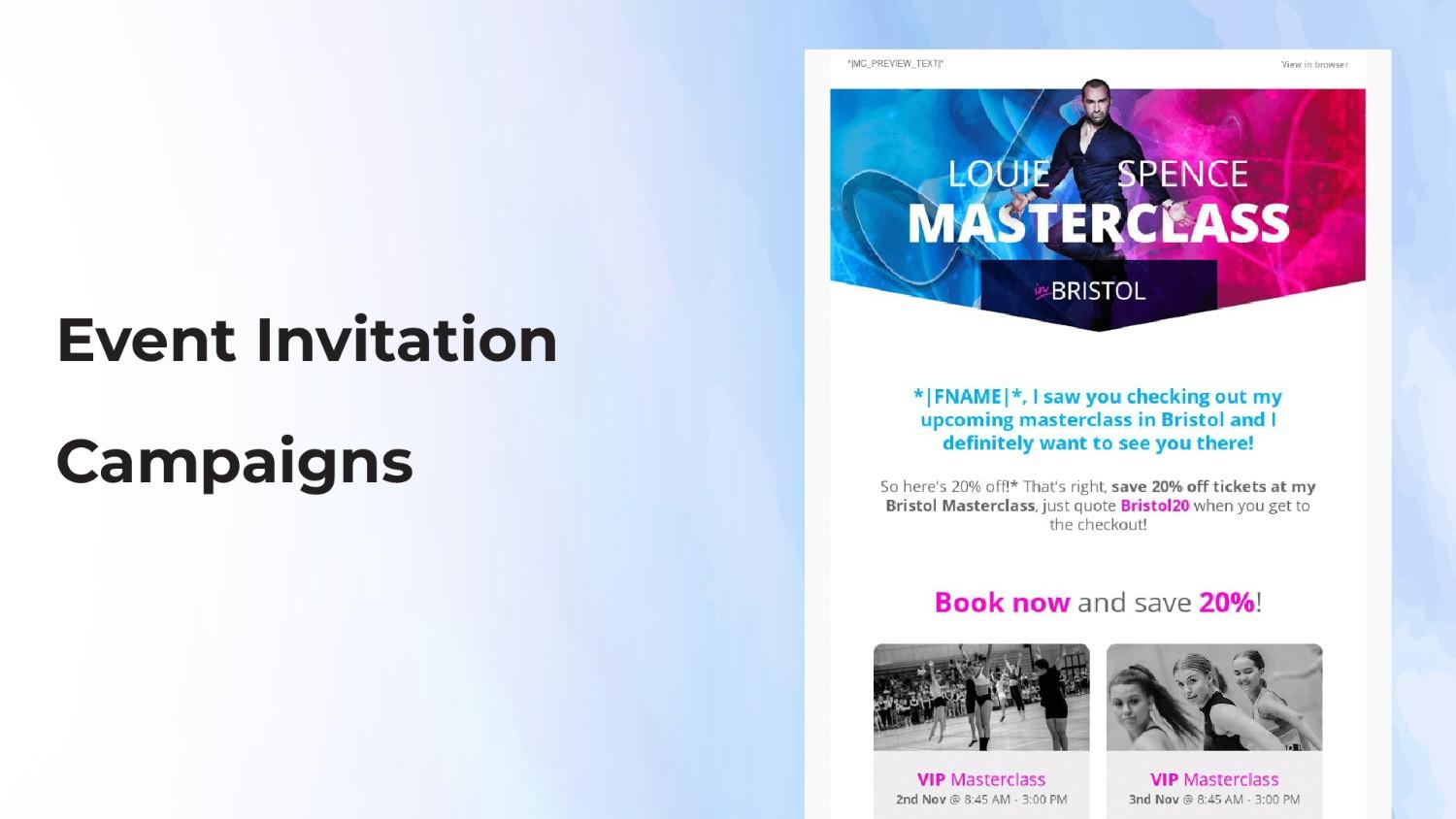
Event invitation campaigns are emails to inform your customers about various events. These can be webinars, workshops, or important meetings. These emails help the customers stay updated with all the events you have planned.
What they are: Emails sent to invite subscribers to upcoming events like online classes (webinars), workshops, or meetings (conferences).
Goal: To get people to sign up and attend your events.
Why they are effective: Email is a great way to promote events and keep people who might be interested informed as the date gets closer.
Example: A business group is holding a free online class about “How to Use Social Media for Your Business.” They send emails to their subscribers announcing the class, introducing the people who will be speaking and the topics, explaining why it’s worth attending, and providing a clear link to sign up.
Key things to include:
- Precise details about the event (date, time, topic).
- Explain the value and benefits of attending.
- Information about the speakers.
- A clear button to register.
- Send follow-up and reminder emails.
11. Product Launch Announcement Campaigns
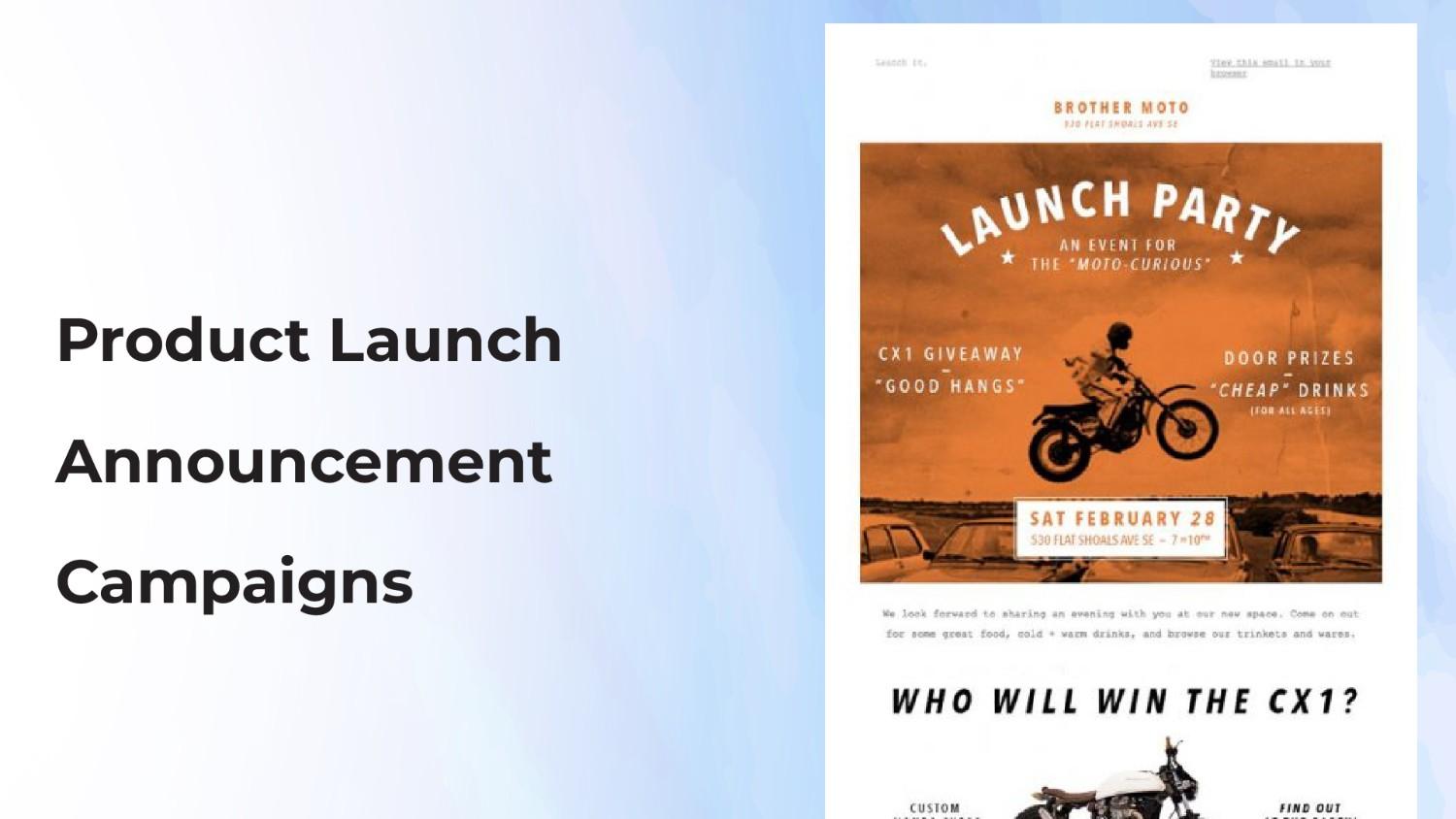
As the name suggests, Product Launch Announcement Campaigns are emails sent to customers to announce and build excitement for a new product or service coming soon.
Goal: To create interest, inform potential customers about the new item, and encourage early sales.
Why they are effective: These campaigns excite and inform users about new products or services. A launch campaign that is done well can lead to many sales right away.
Example: A company is releasing a new type of headphones. They send out a series of emails showing small hints about the new features, pictures of how they look, sharing behind-the-scenes stories of making them, and finally, announcing when they will be available and where to buy them.
Key things to include:
- Building excitement with emails that give hints.
- Highlighting the main features and benefits.
- Showing pictures of the new product.
- Announcing the date it will be available.
- Providing clear links to learn more or buy.
12. Seasonal and Holiday Campaigns
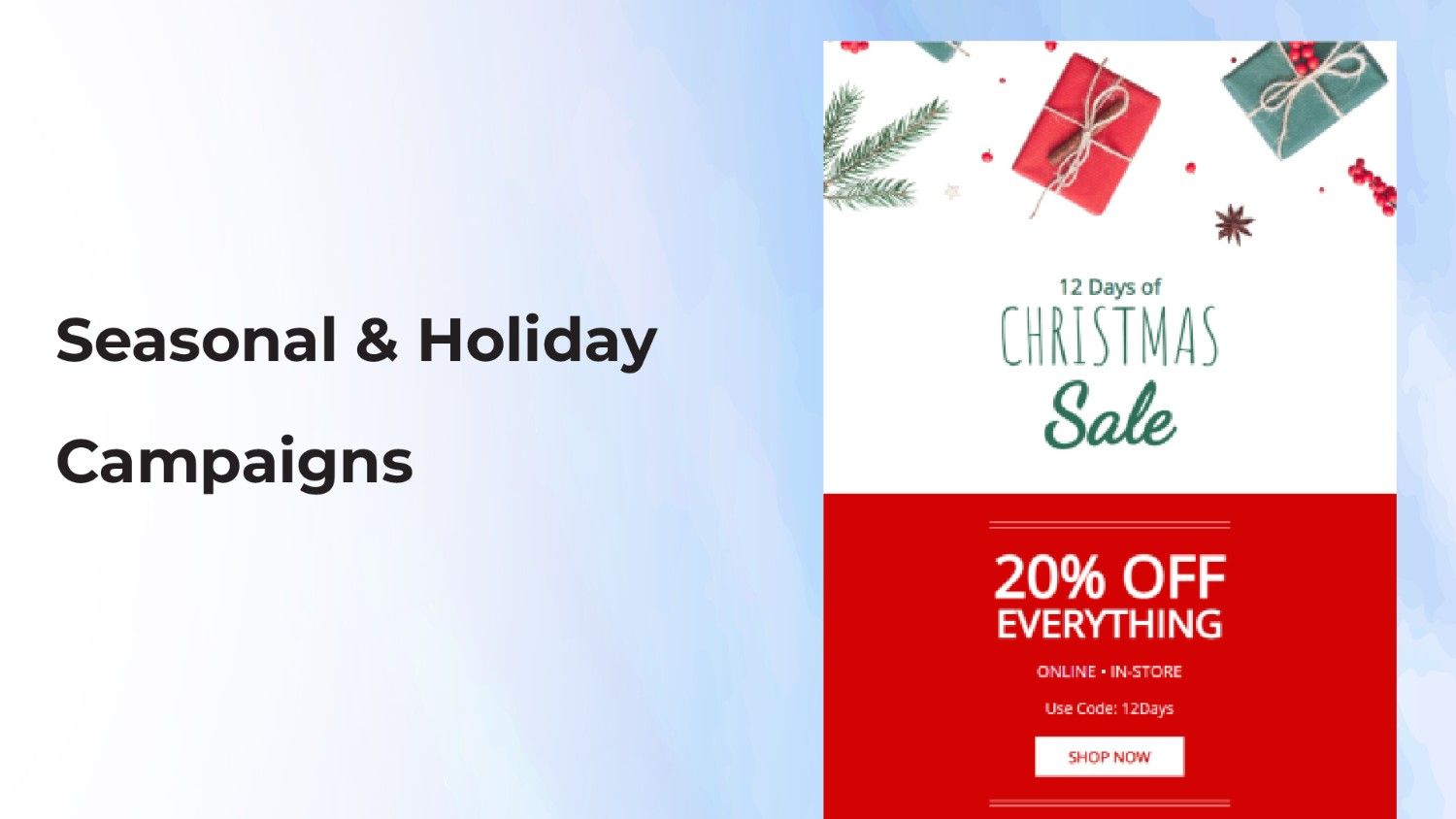
Seasonal or holiday campaigns are special emails sent around a specific time of the year. For example, holidays, special events, etc.
Goal: Help customers use seasonal shopping trends and promote items or offers. It helps you connect with your audience at the right moment.
Why they are effective: These campaigns usually use the excitement of holidays or special events. Offering discounts or special offers leads more people to engage with your emails and buy things.
Example: A store that sells home decorations sends email marketing campaigns leading up to holidays like Christmas, Halloween, or Easter. They show holiday-themed decorations and special deals for the holiday.
Key things to include:
- Pictures and messages that fit the season or holiday.
- Highlighting products or offers that are perfect for that time.
- Creating a sense of excitement or urgency because the event is coming up.
- Clear instructions on how to shop for the occasion (CTAs).
13. Transactional Email Campaigns
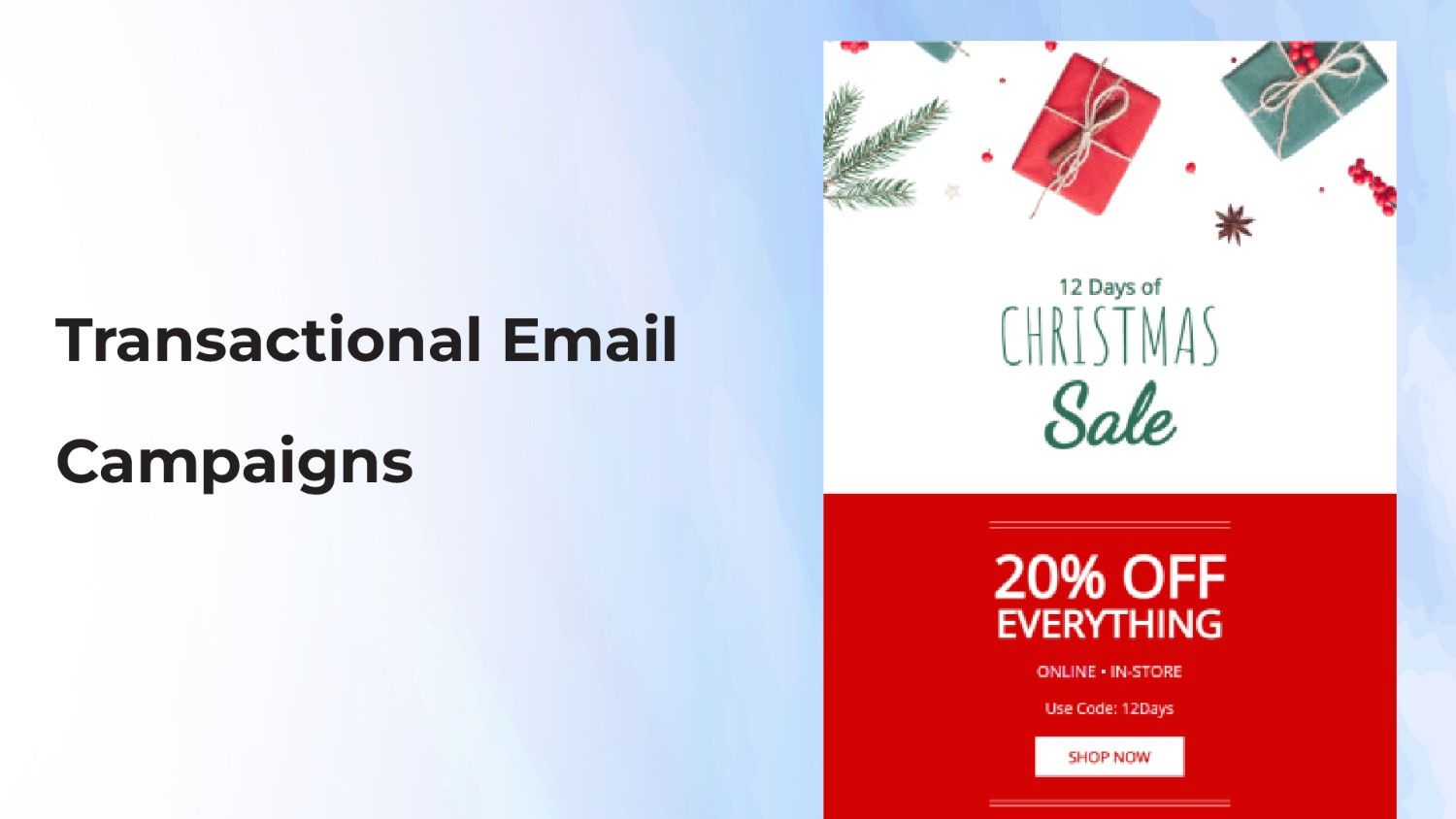
Transactional email campaigns send out emails informing customers about a specific action they may have performed on your website.
Goal: To give necessary information, build trust, and create a better customer experience.
Why they are effective: Transactional emails have a high open rate. This is because they have important information confirming an order or telling you when something ships.
Example: When you purchase anything online, you get an email confirming the order. This email contains important information like what you bought, where it will be delivered, and the delivery date. Another example of a transactional email is emailed to reset your password.
Key things to include:
- Information that is correct and sent quickly about the action.
- A clear subject line that explains what the email is about.
- Not too much marketing content.
- It can include your brand name and helpful links.
14. Content Promotion Campaigns
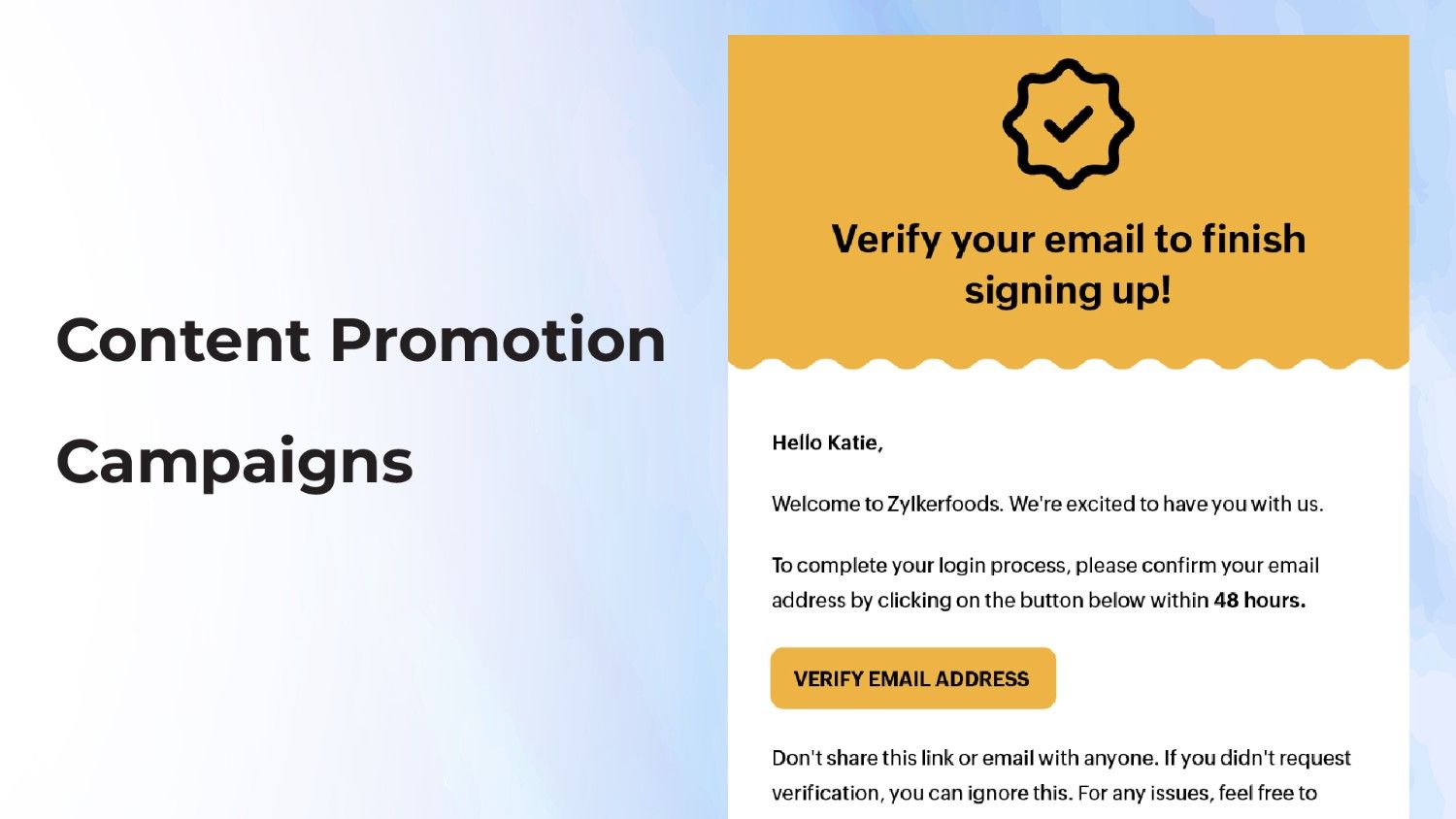
Content promotion campaigns usually contain emails to notify subscribers about new blogs, articles, videos, etc.
Goal: To encourage people to surf the website and give valuable information to your subscribers.
Why they are effective: Email sharing your content helps more people see and interact with it. It’s a great way to keep your audience updated on your latest ideas.
Example: A company selling online courses publishes an article, “How to Learn a New Skill Fast.” They send an email to their subscribers highlighting the main points from the article and giving a link to read the full article on their website.
Key things to include:
- Highlighting why the content is valuable.
- A summary or an interesting part of the content.
- An explicit instruction to read, watch, or listen to the content (CTA).
- Sending different content to different groups based on their liking can make the emails more useful.
15. Anniversary and Birthday Campaigns
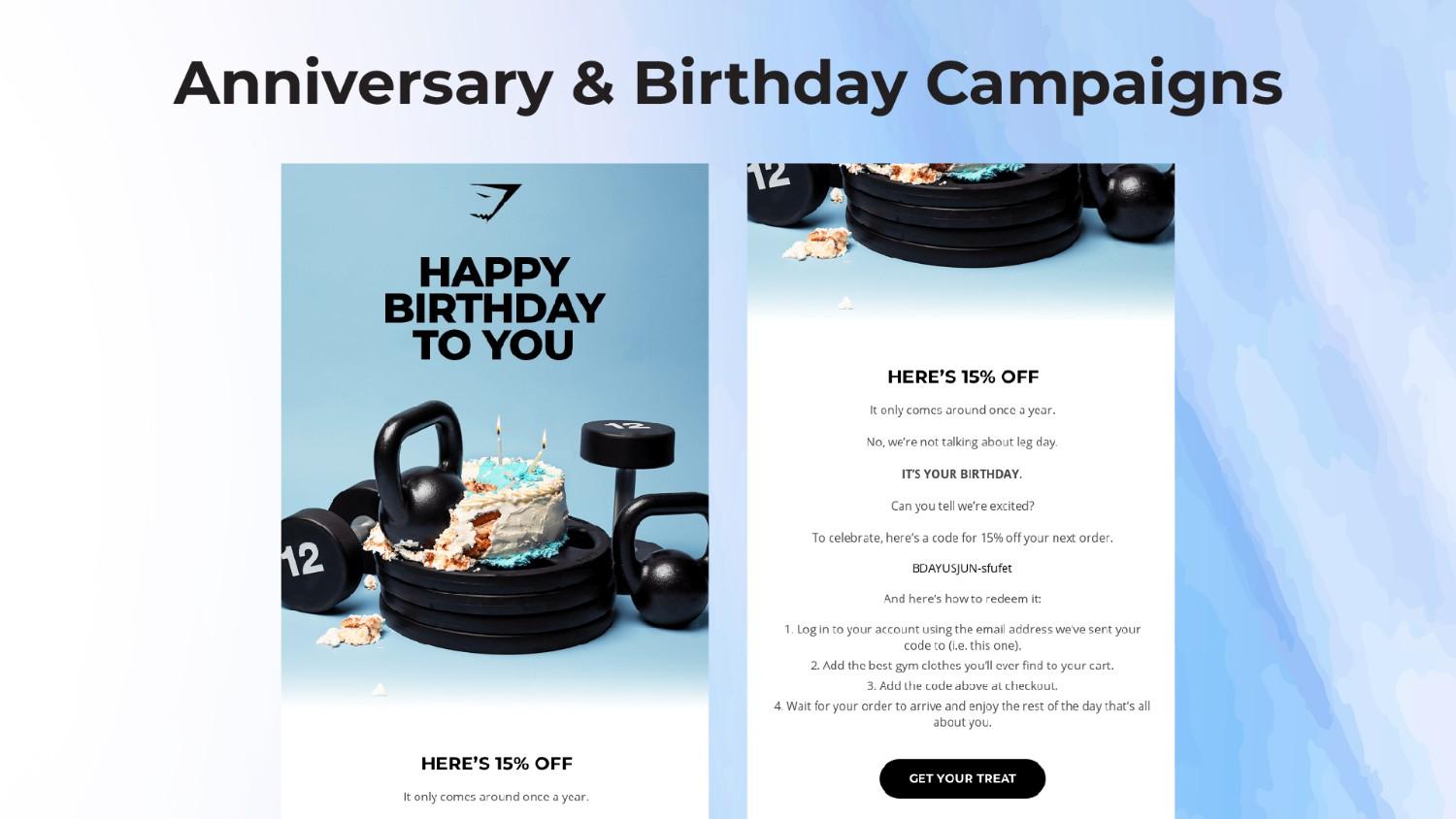
Anniversary or birthday campaigns are automated emails sent to subscribers on their birthdays or when they become customers.
Goal: Celebrate the special moments with your subscribers, appreciate them, and encourage them to engage.
Why they are effective: These emails can feel personal and help your customer feel special. It can also create a positive feeling about your brand. You can offer something special, like a discount or a coupon. This will eventually increase sales.
Example: A makeup brand sends subscribers a “Happy Birthday” email with a special discount code as a birthday gift.
Key things to include:
- Using the subscriber’s name to make it personal.
- A message that celebrates.
- A special offer or discount as a gift.
- Clear instructions on how to use the offer (CTA).
- Sent automatically on the correct date.
These are some of the top 15 email marketing campaigns successful businesses use.
Remember that doing well with email marketing means understanding your audience, dividing your list into useful groups, creating emails that people want to read, and always checking your results to make your campaigns better. Using good email marketing tools helps a lot with this.
Conclusion
Email marketing campaigns are still considered a vital tool for businesses. Whether you want to welcome new customers or build customer loyalty, each type has an email marketing campaign. It helps you connect with the customers on a personal level.
Marketers who want to create flexible email marketing plans should understand the importance of agility. Nowadays, you need people who can quickly change plans, test new ideas, and improve campaigns according to the needs of your customers and business. Many businesses use email marketing tools to help them manage these campaigns.
You can consider having an agile approach in marketing campaigns to improve at creating marketing plans that work well in your business setting. The ValueX2 Agility in Marketing (ICP-MKG) certification is a course designed to equip you with valuable knowledge and expertise in using agile ideas in marketing. It will help you understand Agile in detail and how you can improve your marketing skills with its help. Learning through certifications can help you think better and create strategies that work well in evolving markets.
Frequently Asked Questions (FAQs)
Q1: How often should I send marketing emails?
Ans. How often you should send emails depends on your audience, your industry, and the type of emails you send. It’s best to focus on sending good, useful emails rather than too many. Look at how often people open your emails, and if many people are unsubscribing, figure out the right amount for your list. Sending between 9 to 16 emails each month often shows a good return on investment, but always test to see what works best for your specific audience.
Q2: What is email marketing segmentation, and why is it important?
Ans. Segmenting email marketing types involves breaking down the email list into small groups. This is done based on who they are, what they have bought before, etc.
It is useful because it helps you send out more specific and personalized emails. Campaigns sent according to segmented lists have higher open rates, CTRs, and get more people to engage with your brand, website, or product.
Q3: What are some key things to measure for email marketing campaigns?
Ans. Essential things to measure include:
- Open Rate: The number of people who received and opened your email.
- Click-Through Rate (CTR): Number of people who opened your email and clicked on a link inside it.
- Conversion Rate: Number of people who did what you wanted them to do (like buy something or fill out a form) after clicking on the email.
- Bounce Rate: Emails that could not be delivered to the inbox.
- Unsubscribe Rate: People who removed themselves from your email list after getting an email.
- Spam Complaint Rate: People who marked your email as spam. Checking these numbers helps you see how well your campaigns are doing and where you can improve them.
Q4: What is email automation?
Ans. Email automation helps to make your process of sending out emails simpler. You can set up an email series which will be sent automatically to people if they perform a specific action. This helps you to send emails on time without writing each on your own. Welcome emails, birthday emails, etc., are examples of such emails.
Q5: How can I ensure my emails land in the inbox (improve deliverability)?
Ans. Deliverability is improved when your email lands in someone’s inbox instead of the spam folder. To make it better:
- Remove people who do not open your email or whose email addresses are wrong from your email list.
- Use the double opt-in process. Therefore, people can choose whether or not they would like to receive your emails.
- Make sure your emails are optimized for mobile phones.

Bhavna is an Agile Coach and Consultant with 15+ years of experience in advisory, corporate finance, IT assurance, and operations at Big 4 and within the industry in the UK and India. She has recently been the CEO of a start-up where she implemented agile practices within HR, Marketing, and Product teams.
She is also a SAFe® Practice Consultant (SPC) and authorized instructor for ICAgile Agility in HR (ICP-AHR), Agility in Marketing (ICP-MKG), and Business Agility Foundations (ICP – BAF) training courses. She provides training for agile transformation to corporate, public, and private batches, as well as consulting for enterprise agile transformation.

